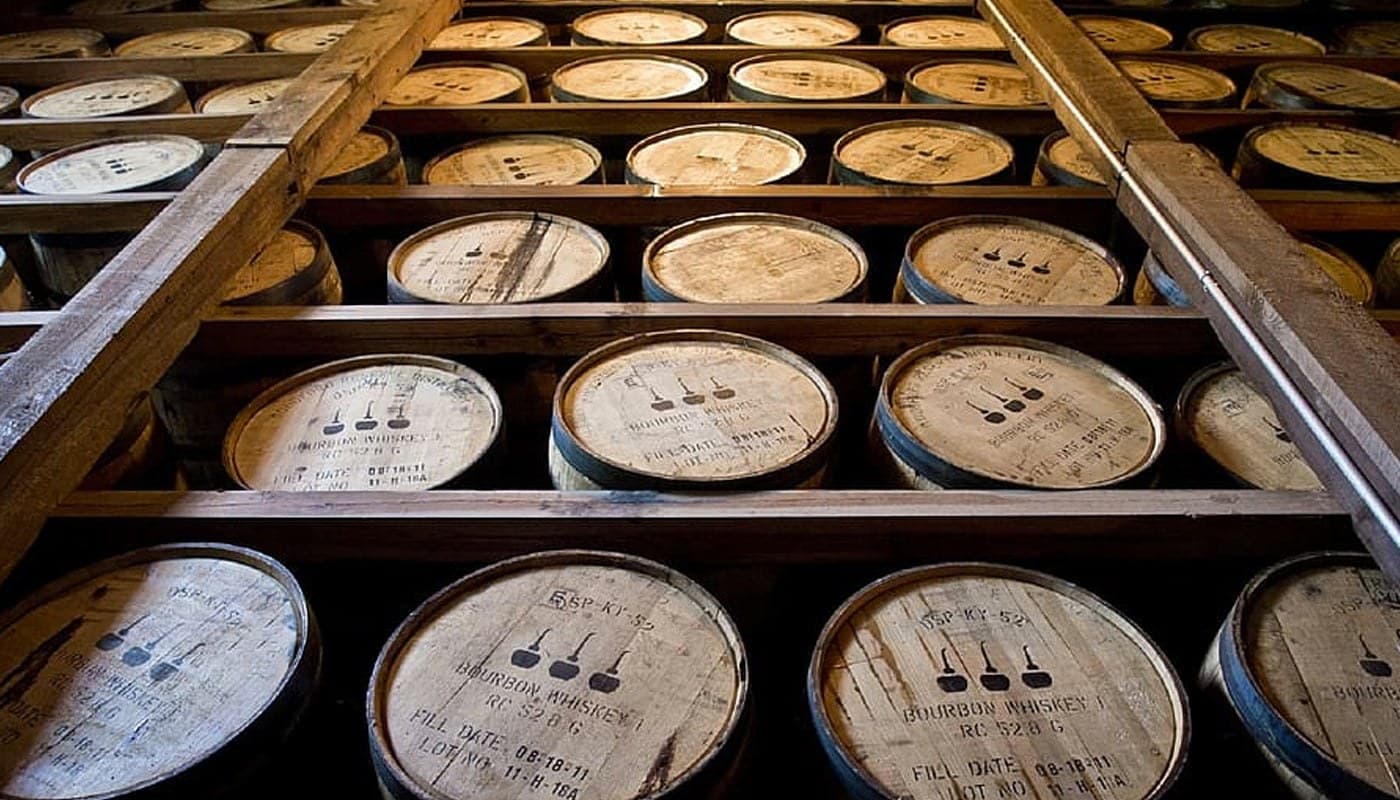This month The Scotch Malt Whisky Society is turning its attention to our side of the pond, the United States, as we celebrate not only our nation’s independence but one of our largest contributors to the Scotch whisky industry: oak. American white oak (scientific name: quercus alba) represents more than 70% of all casks maturing in Scotland today. The impact that our native species of wood has left on the core style and flavour of modern day Scotch whisky is undeniable.
As a Scotch whisky enthusiast myself, I’ve always enjoyed the variety of styles available, whether it be peated or unpeated, a light and spirit-driven whisky matured in American oak or a dark and heavy spirit matured in European oak, a more tannic species of wood that often produces a more spicy and savory profile. But when I look back on all of the wonderful whiskies I’ve encountered in recent years and try my best to pick out the most memorable, there seems to be a common denominator tying them all together. And the single element present in nearly all of the whiskies that I have captured my attention as of late happens to be American oak.
But are all American oak casks the same? Let’s have a look at a few of the styles you will find among the Society stocks. And while we’re at it, I’ll pick our a few of my favorite Society whiskies that have been matured in each style. This way you won’t have to just take my word for it but go on and experience it for yourself.
First-Fill Barrel
It all begins with the first-fill barrel. The term “first-fill” suggests that the cask used to mature the particular whisky was previously used to produce Bourbon and nothing else. This can be a bit confusing since a Scotch whisky matured in a “first-fill” cask is technically the second spirit to be filled into said cask (the Bourbon being the first) but if you look at it from the perspective of the Scottish distiller, it is in a way, their first-fill. The term “barrel” denotes a specific type of cask. Here in the US, we tend to use the term “barrel” to describe just about anything used to mature whisky but in Scotland, it’s one of many cask types used for Scotch. Specifically, barrels are 200 liters in capacity, which are relatively small compared to the other options available.
First-Fill barrels are some of the most influential as it relates to their contribution to the flavour of the spirit aging inside of it. This has to do with the fact that being first-fill, they often bring with them traces of the previous contents (e.g. Bourbon or wine) and as the relatively smaller cask size, a higher ratio of wood to liquid makes for more contact all around. Cask 48.112 ‘Here goes nothing’ is, in my opinion, a classical representation of the style of Scotch whisky matured in a first-fill Bourbon barrel. It is a bright and lively spirit with core notes of vanilla, caramel, a bit of citrus zest and a faint hint of woodsmoke. And while unique to Bourbon itself, it comes as no surprise that many of this whisky’s core flavours are shared with Bourbon.
Refill Hogshead
The most common type of American oak cask used by Scottish coopers and distillers today is the hogshead. At approximately 250 liters, hogsheads are slightly larger than barrels. The larger size makes for a lower ratio of surface wood to liquid and in turn the cask’s influence on the whisky’s flavour. Hogsheads are typically made by breaking down and reassembling the staves of Bourbon barrels upon arrival from the US.
The term “refill” is used to describe a cask that has already been used to mature Scotch whisky (and the original contents before it) at least once but generally it denotes a cask that has been re-used more than twice. So why would a distillery want to use a cask that has less influence over the finished product? Aside from economical reasons of course (wood is expensive!), there is a certain advantage to a gentler maturation. I find it particularly useful when it comes to aging spirit for a long period of time. Let’s take for instance Cask 7.229 ‘Big nuts and spice’, a 26-year old Speyside whisky matured in a refill hogshead. Were this matured for more than a quarter century in a first-fill barrel, it would be all too likely that the fresh wood would overpower the old and complex spirit beneath it. But with a more gentle maturation using a refill cask, one can now experience the full beauty and subtle nuances of this well-aged whisky.
Second-Fill Barrel
Moving on from the refill hogshead, the second-fill barrel is another common cask type used in Scotch whisky maturation. It is, well, exactly as you might expect: a 200 liter barrel that has been re-used exactly twice (as opposed to “refill” which can be more). In my experience tasting through the vast selection of Society whiskies over the years, the second-fill barrel is by far the most unpredictable. The influence that the cask may have on the spirit can often resemble that of a first-fill barrel but may also resemble that of a refill hogshead. At the end of the day, it all depends on what the cask was used for in the prior batch as well as how long the previous spirit was allowed to soak up all the goodness inside. From a creative point of view, I love the endless possibilities that a second-fill barrel can produce, a key advantage for any distillery that embraces diversity in style and flavour.
Cask 112.52 ‘Tropical tea time’ is a perfect representation of the “middle-ground” achieved by maturation in a second-fill barrel. It offers an uninhibited spirit-driven profile of mango, pineapple and mint and a subtle veil of the more traditional Bourbon barrel notes of vanilla cream, orange zest and a touch of honey. Were this spirit matured in a first-fill barrel, the result would be vastly different and I can’t help but appreciate the wonderful complexity that this cask offers, largely due to the unique cask.
Cheers,
Ben Diedrich



